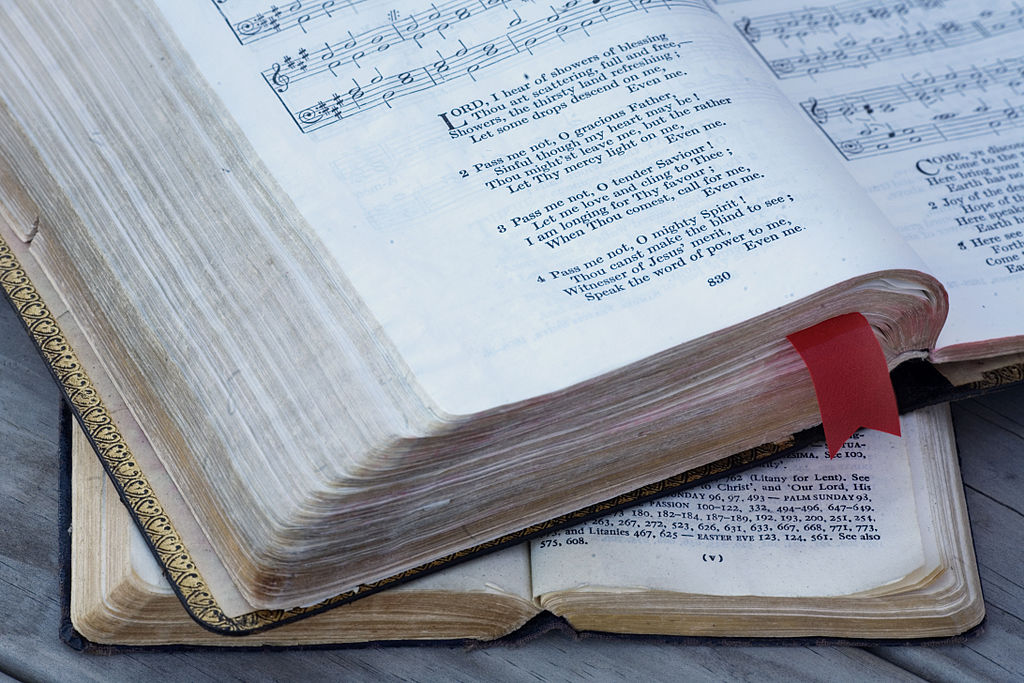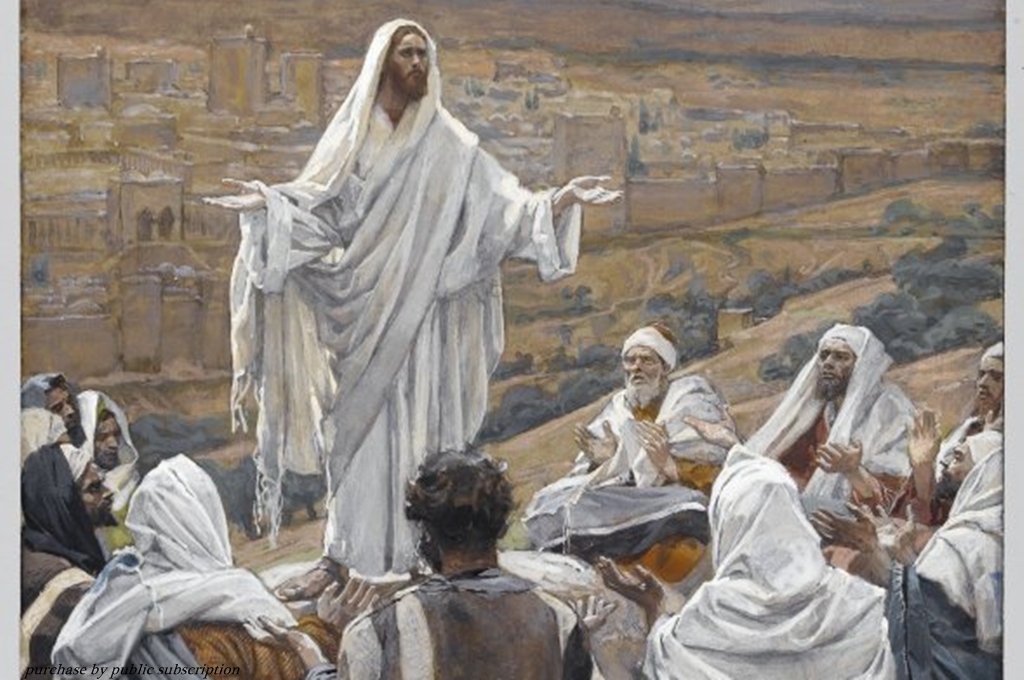Today, I am going to welcome you into my brain as I choose music, whether it be for students or adults. If you aren’t a worship leader or interested in music, stay with me—these concepts can apply to your discipline within ministry as well!
To me, the only difference between a “hymn” and a “contemporary worship song” is perception. If we wanted to get technical, I could bounce through a rabbit trail of specific definitions and terminology, but I will save you the time and the boredom. To most people, hymn means “traditional,” and worship song means “contemporary.” And frankly, neither association is accurate. If we must give labels, I think “educational” and “responsive” are more appropriate.
Educational
These are the songs that have very dense theological ideas. Songs like “Come Thou Fount” (Traditional) or “Christ is Risen” (Matt Maher). These songs teach the theology of God, our worship, and why we believe what we believe. It is important for me that I use the platform I have as a worship leader to make sure the gospel is presented and there is an educational aspect within my worship sets. I like to explain what some of the lyrics in these songs mean. What is meant by “here I raise mine Ebenezer”? where does “trampling over death by death” come from? These songs are opportunities to teach students (or adults) that Jesus conquered death forever through His death and resurrection!
Educational songs are incredibly necessary for worship sets. But too many of these songs in a worship set can get too heady and intense. There needs to be a time to respond. As our bodies need sleep to reset and to process our days, our brains and hearts need space to process the ideas we are singing. And that is where responsive songs fit in.
Responsive
These are the songs that enhance the dense theological ideas we sing about in educational songs. These can include the 7/11 songs (a term lovingly used to describe songs that use the same seven words eleven times) that are sometimes perceived as surface level songs. Just to clarify: responsive songs should have good theology as well, or we shouldn’t sing them! But responsive songs contain a little more repetition and space for thinking. Songs like “How He Loves” (John Mark McMillan) or “Oh, How I Love Jesus” (Traditional) could be considered responsive songs. Both have dense theological content, but they are repetitive and allow space for response.
Notice that hymns and contemporary songs fit into both categories! Hymns don’t automatically add depth, and praise songs aren’t always shallower. And neither type of music is “better” than the other! Both types of songs are necessary and should be included in worship sets.
Worship sets for students must include both times of education and times of response. Just as a pastor uses biblical passages and illustrations to make his points clear, worship leaders should employ different styles of music to do the same.
My worship set for this weekend:
- How Great Thou Art (Traditional) – Educational
- Great I Am (New Life Worship) – Responsive
- Scandal of Grace (Hillsong United) – Educational
- The Same Love (Paul Baloche) – Responsive
What songs do you share on a regular basis at your church? Are they educational or responsive?




